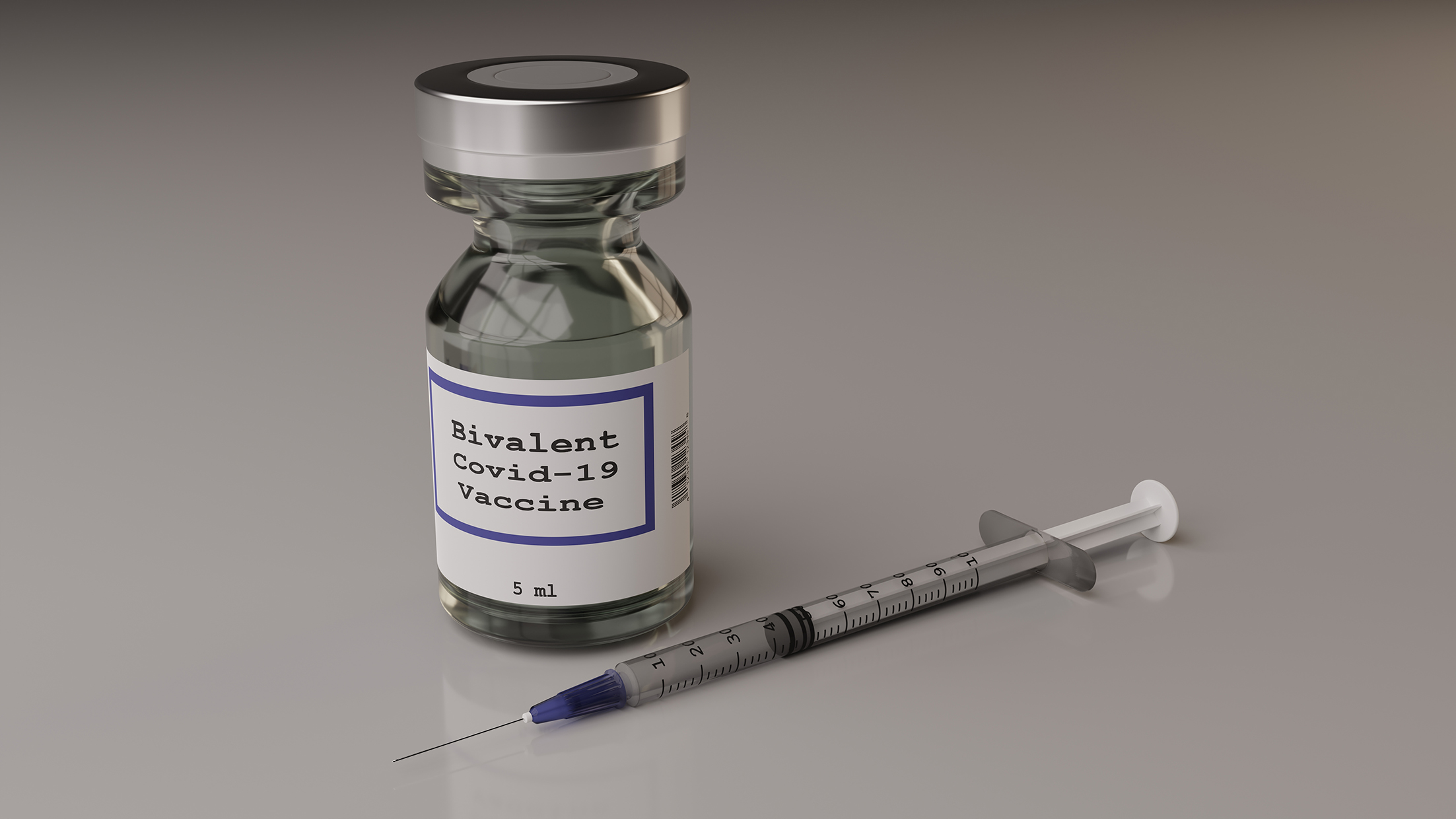How effective is a recombinant plant-based COVID-19 vaccine?

As reported by the World Health Organization, the ongoing COVID-19 pandemic infected more than 608 million people and resulted in 6.5 million deaths worldwide.1 Despite successful deployment of numerous SARS-CoV-2 vaccines, global demand, emergence of new variants and waning immunity to infection/vaccines, have challenged current COVID-19 preventative strategies. Boosters have partially addressed some concerns, as they have been demonstrated to help restore neutralizing antibody levels and provide cross-protection against newer SARS-CoV-2 variants.2 Nevertheless, given the current real-world challenges and demands, vaccines that can be easily handled and stored, and vaccines that can gain acceptance among vaccine-hesitant populations are highly desired.2
Neutralizing antibodies (NAbs) directed against the spike (S) glycoprotein – which has a significant role in viral attachment, fusion and entry into host cells – have been correlated with protection against the highly pathogenic SARS-CoV-2 virus. Thus, the ‘S protein’ is currently considered the prime target in the development of COVID-19 vaccines.4 In addition to humoral immunity, both innate and cell-mediated immunity have been shown to contribute to lasting protection against SARS-CoV-2 infection. Further, cell-mediated immunity has been proven to have a significant role in viral clearance, prevention of serious disease and long-term protection.3
Researchers from Medicago (Qubec City, Canada) produced a coronavirus-like particle (CoVLP) vaccine using a plant-based platform that was previously used to generate numerous viral vaccines of proven efficacy.2 Their technology is based on the transient expression of recombinant ‘SARS-CoV-2 S’ proteins in the cells of non-transgenic plant (Nicotiana benthamiana) leaves – resulting in the formation of CoVLP (100–150 nm). In this process, Agrobacterium tumefaciens is used as a transfer vector to move targeted DNA constructs into plant cells.4,5 Once harvested and purified, these particles are stable for at least 6 months at 2–8°C. Subsequently, when combined with the Adjuvant System 03 (AS03, GlaxoSmith-Kline) – the CoVLP+AS03 vaccine (Covifenz, Medicago) protects against COVID-19 by inducing strong and durable levels of NAbs and a balanced T-cell response (interferon-γand interleukin-4). AS03, previously used in other candidate vaccines including the influenza vaccine, is known to initiate a transient innate response and increase the magnitude, quality, and durability of adaptive responses.2
As part of their ongoing research, Hager KJ and colleagues from Medicago conducted a phase 3, randomized, placebo-controlled trial between March 15 and September 2 2021 involving 85 sites in Argentina, Brazil, Canada, Mexico, the United Kingdom, and the United States.2 The study included 24,141 participants (median age: 29 years) with no prior history of COVID-19 vaccination/SARS-CoV-2 infection. The study subjects were randomized (1:1) to receive two sequential intramuscular injections of the CoVLP+AS03 vaccine or placebo, administered 21 days apart.2 The vaccine contained 3.75 µg of CoVLP combined with AS03, which contains DL-α-tocopherol and squalene, in a final volume of 0.5 mL; whilst the placebo injection contained 0.5 mL of phosphate-buffered saline with polysorbate-80.2 The primary objective of the study was to determine the efficacy of the CoVLP+AS03 vaccine in preventing symptomatic COVID-19 detected at least 7 days after the second dose. Additionally, the effectiveness of the vaccine in the prevention of severe or moderate-to-severe COVID-19 and variant-specific efficacy were also assessed.2
The key findings of the study included:2
- The overall vaccine efficacy (VE) of the CoVLP+AS03 vaccine was 69.5% (95% confidence interval [CI], 56.7–78.8) against any symptomatic COVID-19 caused by sequence-identified strains of B.1.1.7 (alpha), B.1.617.2 (delta) , P.1 (gamma), B.1.621 (mu) and C.37 (lambda) variants.
- The overall variant-specific efficacy estimates were 87.8% (95% CI, 73.0–95.3) for the gamma variant, 74.0% (95% CI, 51.7–86.8) for the delta variant and 100% for the alpha, lambda, and mu variants.
- The overall VE of the CoVLP+AS03 vaccine in preventing moderate-to-severe disease was 78.8% (95% CI, 55.8–90.8) and 74.0% (95% CI, 62.1–82.5) among the participants who were seronegative at baseline.
- No severe cases of COVID-19 or related deaths occurred in the vaccine group; the CoVLP+AS03 vaccine was correlated with lower viral loads when compared with the placebo.
- Both local and systemic solicited adverse events (AEs) were predominantly mild-to-moderate and transient in nature (3 days’ duration) – the frequency of AEs was higher in the vaccine group versus the placebo group.
- Local AEs (erythema, swelling and pain at injection site) occurred in 92.3% versus 45.5% of the participants in the vaccine and placebo groups, respectively, whilst 87.3% (vaccine group) and 65.0% (placebo group) of the participants experienced systemic AEs such as headache, myalgia, fatigue and a feeling of general discomfort.
- The incidence of unsolicited AEs was similar in the vaccine and placebo groups – (i) 22.7% vs 20.4% up to 21 days after each dose, and (ii) 4.2% vs 4.0% from days 43–201 respectively.
- No grade 4 (life-threatening) local AEs were reported for either group; however, three participants (two in the vaccine group and one in the placebo group) reported grade 4 systemic AEs such as chills, headache, muscles aches, feeling of general discomfort and fever.
The study findings demonstrated the effectiveness of CoVLP+AS03 vaccine (the first plant-based vaccine approved for human use) in preventing COVID-19 caused by a spectrum of variants, with efficacy ranging from 69.5% against symptomatic infection to 78.8% against moderate-to-severe disease.2 Furthermore, the vaccine has been demonstrated to be stable at refrigerator temperatures, which may enhance primary vaccination access in remote communities and in low- and middle-income countries that may have compromised storage facilities. Furthermore, the authors emphasized the potential acceptability of a plant-based formulation among individuals with hesitancy toward currently available vaccines. Finally, the vaccine may also be used as a booster dose after primary immunization with other products.2
References
- WHO coronavirus disease (COVID-19) dashboard. Available at https://covid19.who.int/. Accessed on 20 September 2022.
- Hager KJ, et al. N England J Med. 2022;386(22):2084-2096.
- Gobeil P, et al. medRxiv05.14.21257248.
- Pillet S, et al. Cell Mol Immunol 2022;19(2):222-233.
- Ward BJ, et al. Nat Med 2021;27(6):1071-1078.










